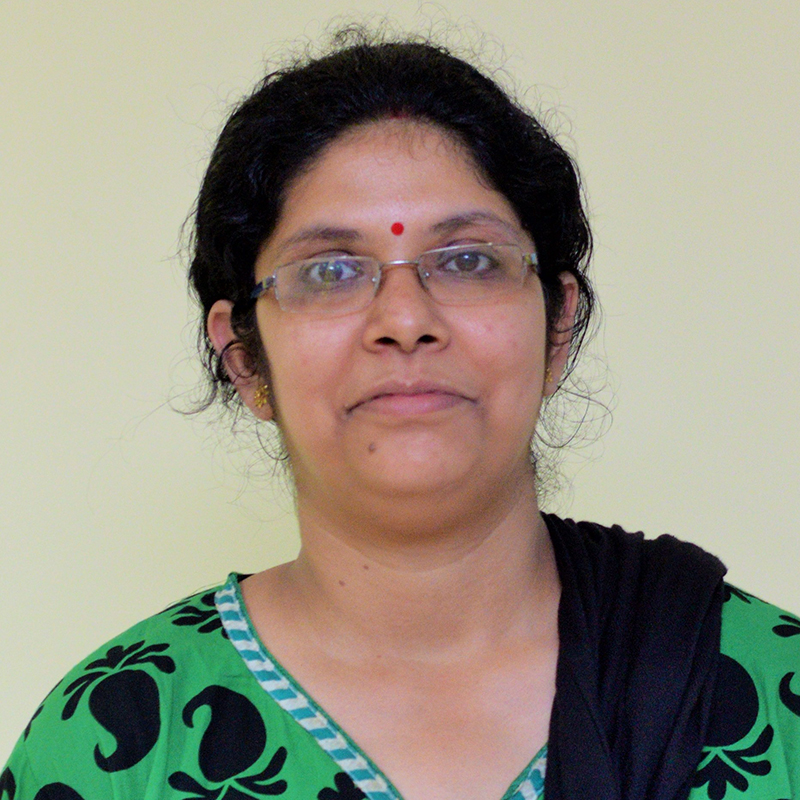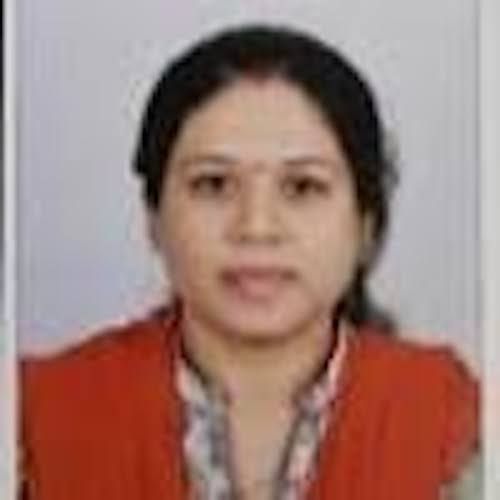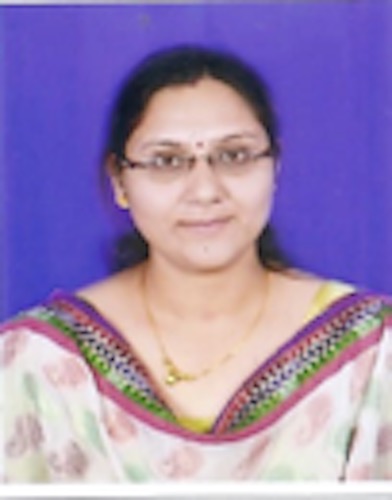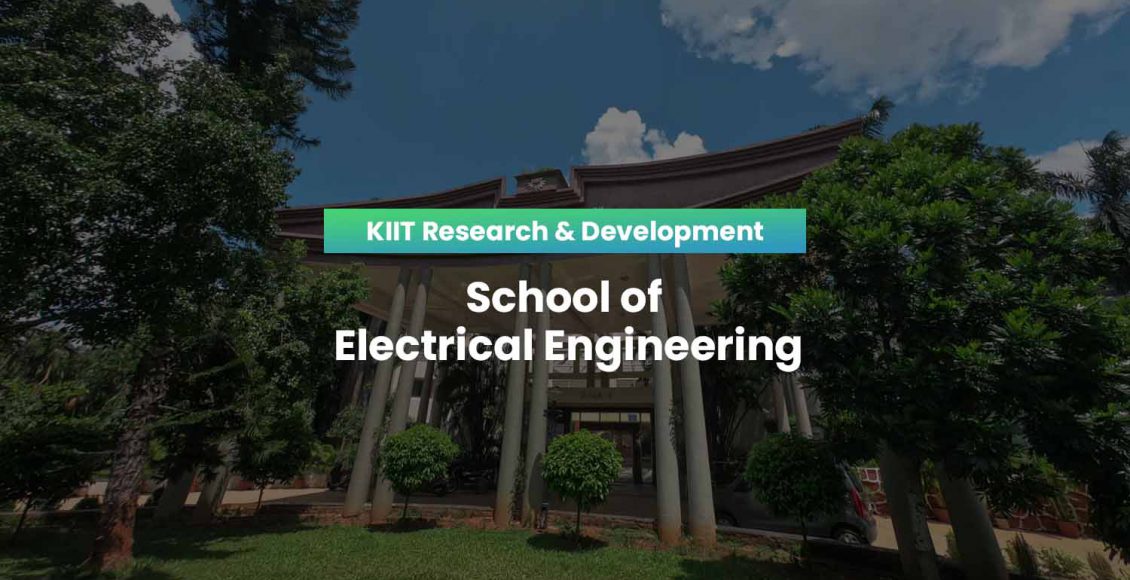School of Electrical Engineering (Jun – Jul 2022)
Awards

Name of the Faculty: Dr. Lipika Nanda
Title of the Award: Young Scientist Award 2022
Award Received: Science Father in SHEN 2022
About the Award
Dr. Lipika Namda is conferred with YOUNG SCIENTIST AWARD for the Contribution and Honorable Achievement in Innovative Research by Science Father in SHEN 2022.Science Father is a trademark of Scifax company (Reg. No. 130116), Approved and Registered by Ministry of Corporate Affairs (MCA), Govt. of India.
PhD Awards

Student’s Name: Dr. Mitali Ray
Supervisor’s Name: Dr. Padarbinda Samal, Dr. Chinmoy Kumar Panigrahi,
Thesis Title: Sustainable Heating, Ventilation and Air Conditioning Systems (HVAC) in a Building Using Artificial Neural Networks
| Abstract In the present work, artificial neural networks have been used for the analysis of sustainability of the HVAC systems in residential buildings. The performance indices such as MAE, MSE, MRE and MAPE have been computed with and without occupancy in a residential building. It is observed that without occupancy, the cascaded forward-back propagation network has performed efficiently, satisfying the minimum-error criterion. Hybrid neural networks, when employed, resulted in a 41% improvement in results. Additionally, energy audit is done for the identification, enumeration, and evaluation of potential energy-saving opportunities. |

Student’s Name: Dr. Sanhita Mishra
Supervisor’s Name: Dr. Sarat Chandra Swain
Thesis Title: Transient Modelling and Fault Analysis of Underground Distribution Cables
| Abstract Underground cables are de facto distribution standards for smart cities and industrial power distributions. The transients due to faults and switching events need to be studied properly for fault diagnosis, insulation design, protection system design, and load allocation. Modeling and estimation of the parameters like amplitude, phase, and frequency of current and voltage waveforms of underground cable, especially at the sending end, would help in characterizing various events such as faults, incipient faults, and switching of various loads. The thesis is unique as it presents a unique in-depth study of simulation, modelling, classification, localization of faults including identification of incipient faults in underground cables. Finally, the conclusion of the thesis envisages a future scope that can address real-time implementation and product development for addressing all issues with faults in the underground cables. |
Journal Papers
1. Nanda, L., Jena, C., Pradhan, A., & Panda, B., (2022). A proposed asymmetrical configuration of cascaded multilevel inverter topology for high level generation, International Journal of Power Electronics and Drive Systems, 13(1), 289–297. http://doi.org/10.11591/ijpeds.v13.i1.pp289-297
Abstract
Multilevel inverters are having high demand in high power applications. It works in medium voltage range. In this converter, for specific time intervals fewer switches will be conducting so switching loss is also reduced. This paper represents overall total harmonic distortion (THD) for different levels and different carrier frequencies. Switching loss, conduction loss of inverter has been discussed and hence inverter efficiency can be calculated. Phase displacement pulse width modulation method has been proposed in order to generate pulses. The proposed topology is well presented by its practical implementation with two current direct sources. All the simulations are being carried out using MATLAB/Simulink platform to validate the hardware results.
2. Ango, G. N., Roy, T., and Sadhu, P. .K. (2022), A novel switched capacitor-based multilevel inverter structure for renewable energy conversion system, International Journal of Power Electronics, 16 (1), 1 – 33. https://doi.org/10.1504/IJPELEC.2022.124266
Abstract
In this paper, a novel MLI structure using switched capacitor principle has been proposed. It does not require any H-bridge circuit which reduces switch voltage stress of the structure. It has the ability to produce 13-level output voltage with a boosting factor of 2. Further, the cascaded arrangement of the structure has been realized. The structure requires lower components as compared to the other SCMLIs. The operating principle, capacitor selection procedure and power losses analysis of the proposed 13-level structure have been presented. Extensive simulation and experimental studies have been conducted to validate the effectiveness of the proposed structure.
3. Saswat, S. S., Patra, S., Mishra, D. P., Salkuti, S. R., & Senapati, R. N. (2021). Harnessing wind and solar PV system to build hybrid power system. International Journal of Power Electronics and Drive Systems, 12(4), pp.2160-2168. DOI: 10.11591/ijpeds.v12.i4.pp2160-2168, IF: 1.984
Abstract
Electricity is the most important consideration for individual needs. Natural crossover power architecture using photovoltaic, and wind is presented in this study, together with a Cuk direct current-direct current (DC-DC) converter, third phase inverter, and an inductors capacitors (LC) filter. Due to its natural disposal and availability in India, wind power and photovoltaics are ideal for the hybrid system. Hybrid power structures, on the other hand, reduce the risk of damage to equipment in sustainable stock storage since they have a higher electrical output. MATLAB Simulink was used to demonstrate this hybrid application. Before connecting the entire DC voltage frame with the main lattice of the power frame, blocks such as the wind model, PV model, Cuk converter, inverter, and LC channel are built individually. The results show that the hybrid system has a considerably more reliable standard in terms of energy efficiency than an independent framework. Furthermore, the hybrid system’s Cuk DC-DC converter, three-phase standard-based inverter, and LC channel can minimise power switching power.
Conference Papers
1. Nanda, L., Bharti, P., Panda, B., Jena, C., Pradhan, A., (2022) The development and analysis of a novel multilevel inverter topology with reduced device count, IEEE 4th International Conference on Energy, Power, and Environment, Shillong, 1-5, https://doi.org/10.1109/ICEPE55035.2022.9798190
Abstract
A novel MLI structure is developed. First, 9- Level basic MLI structure has been developed and analyzed for minimal and maximum frequency modulation scheme. Further, an extended structure has been developed to execute additional output voltage levels using minimal components. The voltage stress analysis, power losses analysis and comparison study have been determined in detail. The proposed structure uses minimal components and sustains lower TSV on estimation with other structures. The simulation evaluation of the basic 9-Level structure has been presented to validate its merits and effectiveness.


